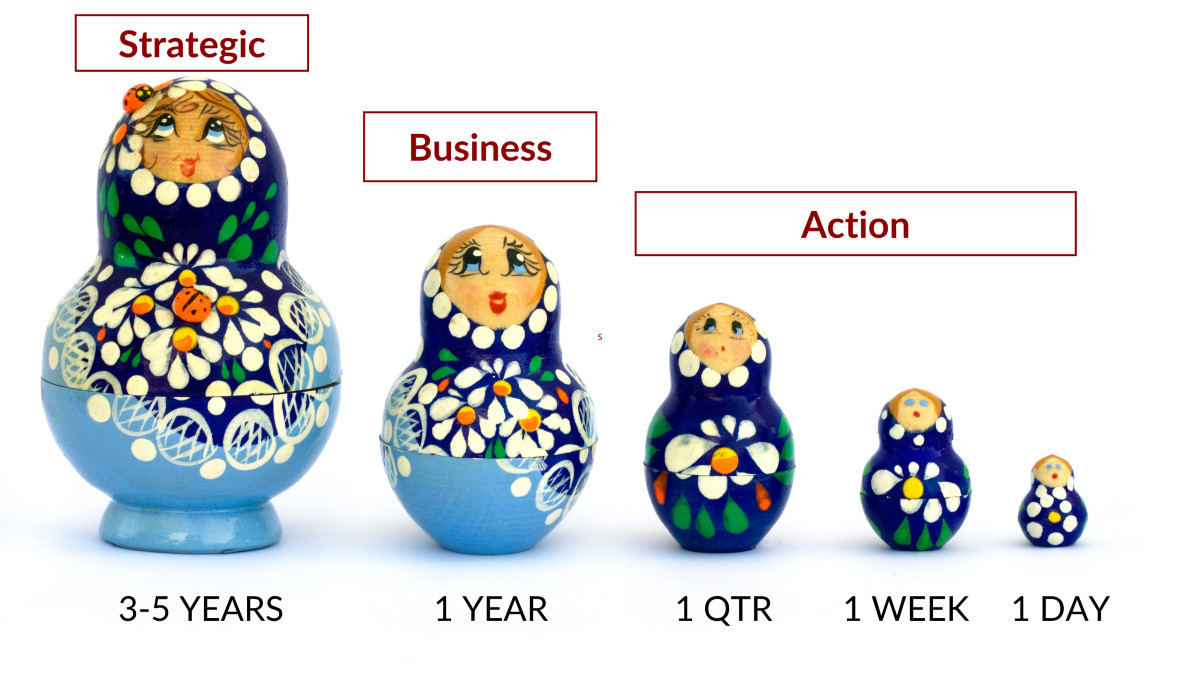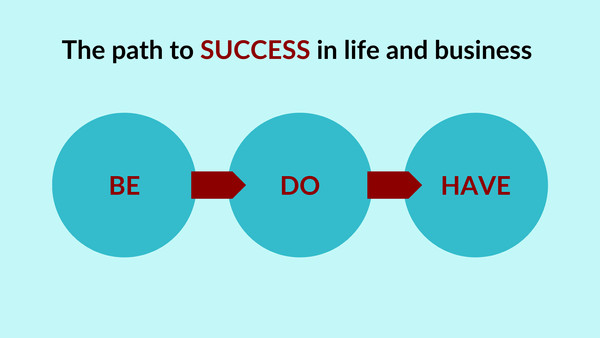
Most accountants will tell you that you should have a budget and the rational is that you should have a financial target to aim for. Yet in 25 years, I have never heard a business owner say: “I achieved great results thanks to my budget” or “I couldn’t have done it without a budget”.
First, let’s define a budget. The dictionary says it’s an estimate of income and expenditure for a set period of time. The key word is “estimate” and there are 4 main types of budgets depending on the methodology used to calculate the “estimate”.
Incremental budgeting is the most common because it is the simplest. The previous period is the starting point, and a percentage is added or subtracted. It is also probably the most useless because income and expenditures are not linear in their behaviour and the percentages used are at best an extrapolation of the past and at worst totally arbitrary.
Activity-based budgeting is a top-down approach. A sales target is set, the activities deemed necessary to reach that target are defined and associated costs calculated. Whilst this methodology is better at forecasting costs for a given level of sales, it doesn’t validate the feasibility of the sales target used as the starting point. If no considerations are given to the market conditions and the company resources, it could be equally futile.
Zero-based budgeting is a bottom-up approach. The assumption is that costs start at zero and needs to be justified to be included in the costs of the business. The obvious flaw is that is focuses entirely on costs with no methodology for income and it is also very time consuming.
Value proposition budgeting is a mindset approach. It starts with 3 questions:
- Why should this item be included in the budget?
- Does the item create value for customers, staff or other stakeholders?
- Does the value of the item outweigh its costs? If not, then is there another reason why the cost is justified?
Every answer given to each question will have a measure of subjectivity. What is valuable to a customer may not be so to a stakeholder. How should the value be quantified to be compared to the costs? I have yet to meet a business owner who uses that type of budgeting.
The common denominator between those 4 types of budgets is that they appear to be an isolated process, making no reference to the strategic planning. Yet one of the prime purposes is to compare actual performance to expectations to see if the business is “on track”.
What if a budget was first and foremost a validation tool of the strategic process? It can be built alongside the business plan to quantify the opportunities, evaluate the risks and compare value and costs. It can be built using a combination of methodologies depending on what is most relevant and practical, incremental for committed fixed costs, zero-based for new initiatives, activity-based for direct costs to name a few examples.
What if a budget was a navigation tool that can tell you if what you are doing today will bring the results you want next month, next quarter or whether you should adjust? It can include other targets, financial and non-financial, upstream KPIs (lead generation for example) as well as downstream output (churn rates).
A budget raised from an arithmetical exercise to an integrated part of your business planning and management reporting can be instrumental to great leadership and commercial success.
Did this blog help you? If it did, please share it with your business connections.
If you have any questions contact Helene HERE
Are you tired of putting off important tasks and feeling overwhelmed by procrastination?
You're not alone!
But fear not! We have the ultimate solution for you.
Introducing "3 Easy Steps to Banish Procrastination" - a downloadable guide that will transform your productivity and help you achieve your goals faster than ever before. Say goodbye to endless frustration and hello to a focused and motivated you. Don't wait any longer, click the link below to unlock the secrets to defeating procrastination once and for all!


















0 Comments